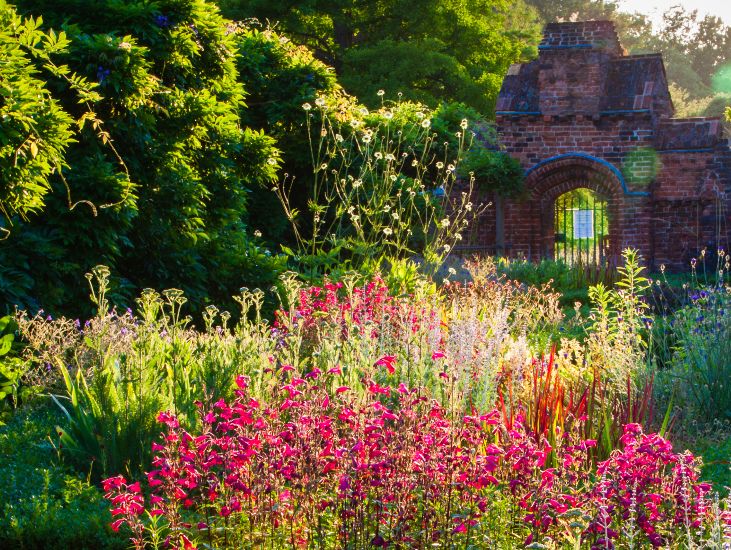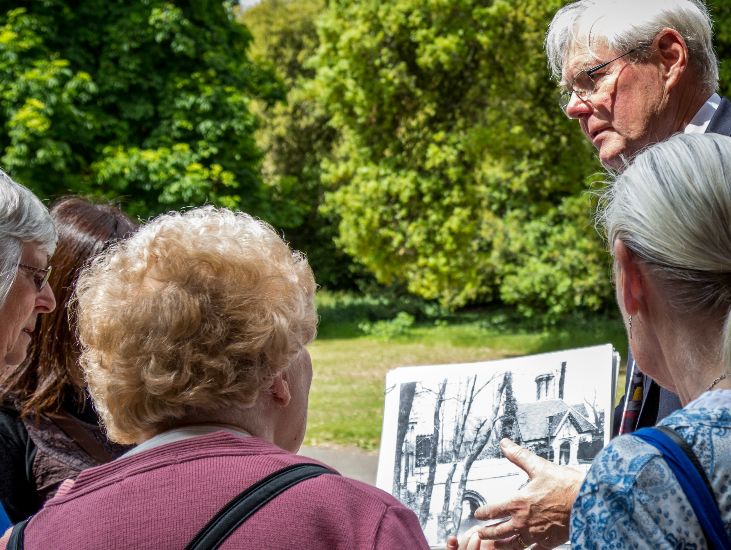The household
Home to some of England’s most powerful men and their families, Fulham Palace has always been a busy place.
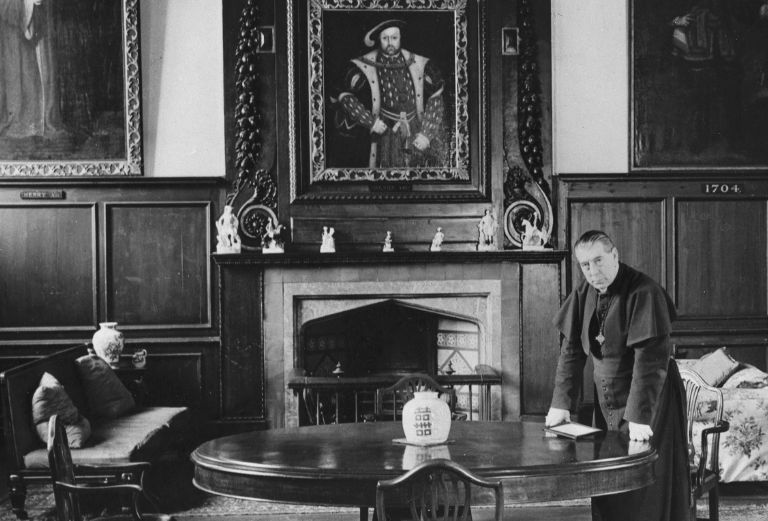
It took a large team of people to support the Bishops with their work and the running of the estate. The Bishops ran the London Diocese from the house when they stayed here, receiving candidates for ordination and entertaining dignitaries. They were also responsible for the Church of England abroad, sending missionaries throughout the British Empire and hosting members of the church from around the world.
The estate also needed managing — it was a working farm, with barns, paddocks, a bakery, brewery and farmland supplying the household.
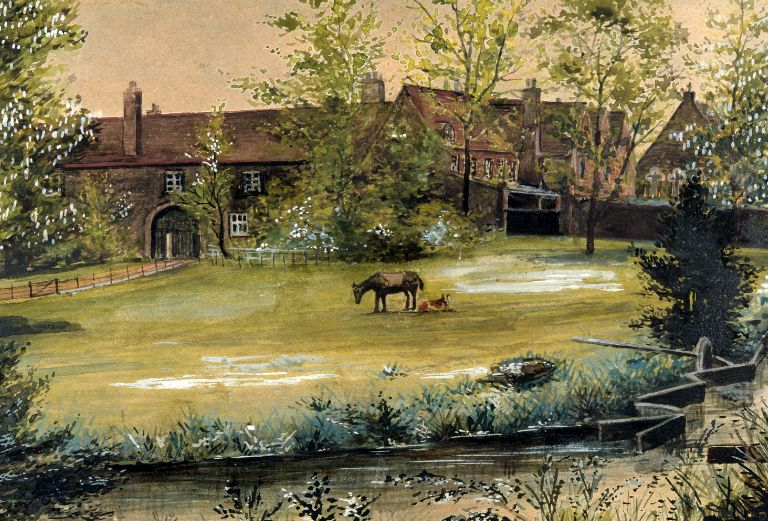
Other parts of the estate were farmed by tenants, from whom the Bishops collected rent, taxes, livestock and farm produce. During the medieval period the tenants were subject to the manorial court, often held in the great hall, which dealt with farming disputes and petty crimes.
From the 16th century, when clergy were free to marry, the Bishops’ wives took an active role in running the Palace as a family home. Butlers, housekeepers, gardeners, footmen, housemaids and many other servants were employed to maintain the house and garden.
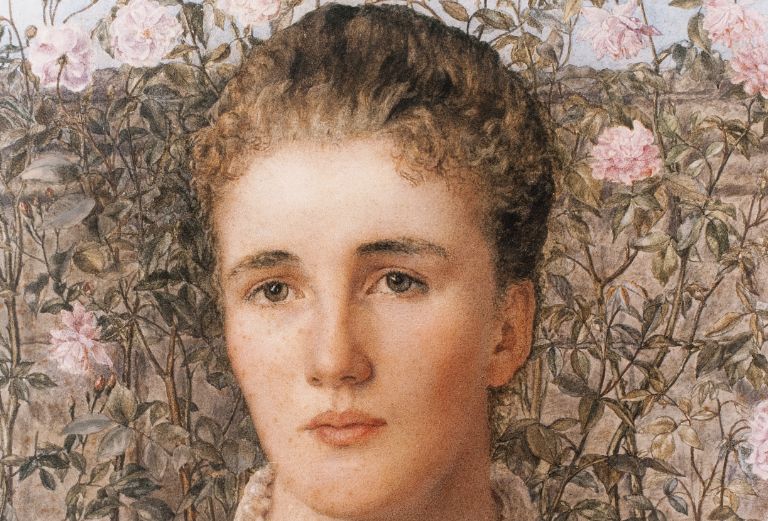
Many of the Bishops’ wives also became involved in the community, supporting philanthropic causes. Concerned by the decline of living standards in the area in the early 20th century, Louise Creighton, wife of Bishop Mandell Creighton, founded the nearby Bishop Creighton’s House to help those in need. She was also a strong supporter of women’s education and an influential campaigner for women’s right to vote.
Plan your visit and find out more about the people who lived here.

